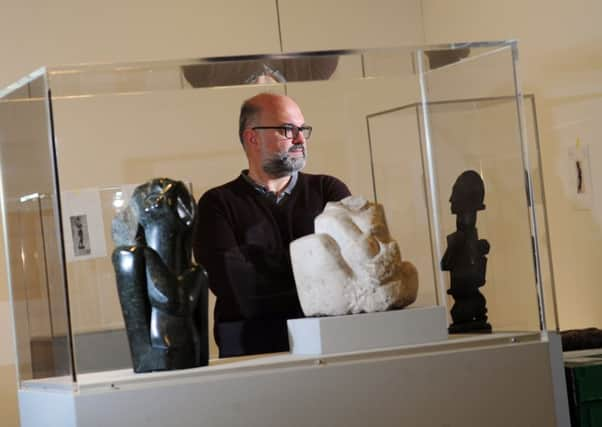Leeds's own Henry Moore is coming home in new exhibition


The funny thing about the Henry Moore Institute is it rarely houses work by the man whose name it bears. Set up by the sculptor to support other artists, it has a rolling programme of exhibitions to showcase those who followed in his wake, but Moore himself rarely features. “That’s why our new exhibition is so exciting,” says curator Sebastiano Barassi, who when we speak is busy installing Becoming Henry Moore, which focuses on the Castleford-born artist’s early work and influences.
“Moore’s formative years were absolutely crucial to the artist he became. He would later say that there were three themes to his work, the reclining figure, mother and child and the relationship between the internal and the external, and the early signs of all of them can be seen in some of his very first sculptures which were completed in the 1920s.”
Advertisement
Hide AdAdvertisement
Hide AdMoore’s pit manager father was determined his son shouldn’t follow him into the mines but initially wasn’t so sure that becoming a sculptor represented a credible alternative. It was only after the First World War where he was injured in a gas attack that Moore finally got to pursue his first love. Receiving an ex-serviceman’s grant, in 1919 he enrolled at Leeds School of Art.
It was there that he met fellow artist Barbara Hepworth and where his eyes were opened to a whole world of art. “During his time there, Michael Sadler, who was vice chancellor of Leeds University, allowed Moore access to his own private art collection. Throughout his formative years, a succession of people supported Moore in exactly the same way. They didn’t have to open up their homes to students of art, but they did it because they thought it was important to share these treasures.
“Then shortly after he completed his studies, fellow sculptors, collectors and critics volunteered their help in the form of recommendations, commissions, acquisitions and publicity, all of which played a crucial role in his artistic growth.
Moore soaked up influences from across Europe and Africa and he never forgot their generosity. It led directly to him setting up the foundation later in his life. Normally such a thing is set up following an artist’s death, but Moore knew what he wanted to do and planned it carefully.
Advertisement
Hide Ad